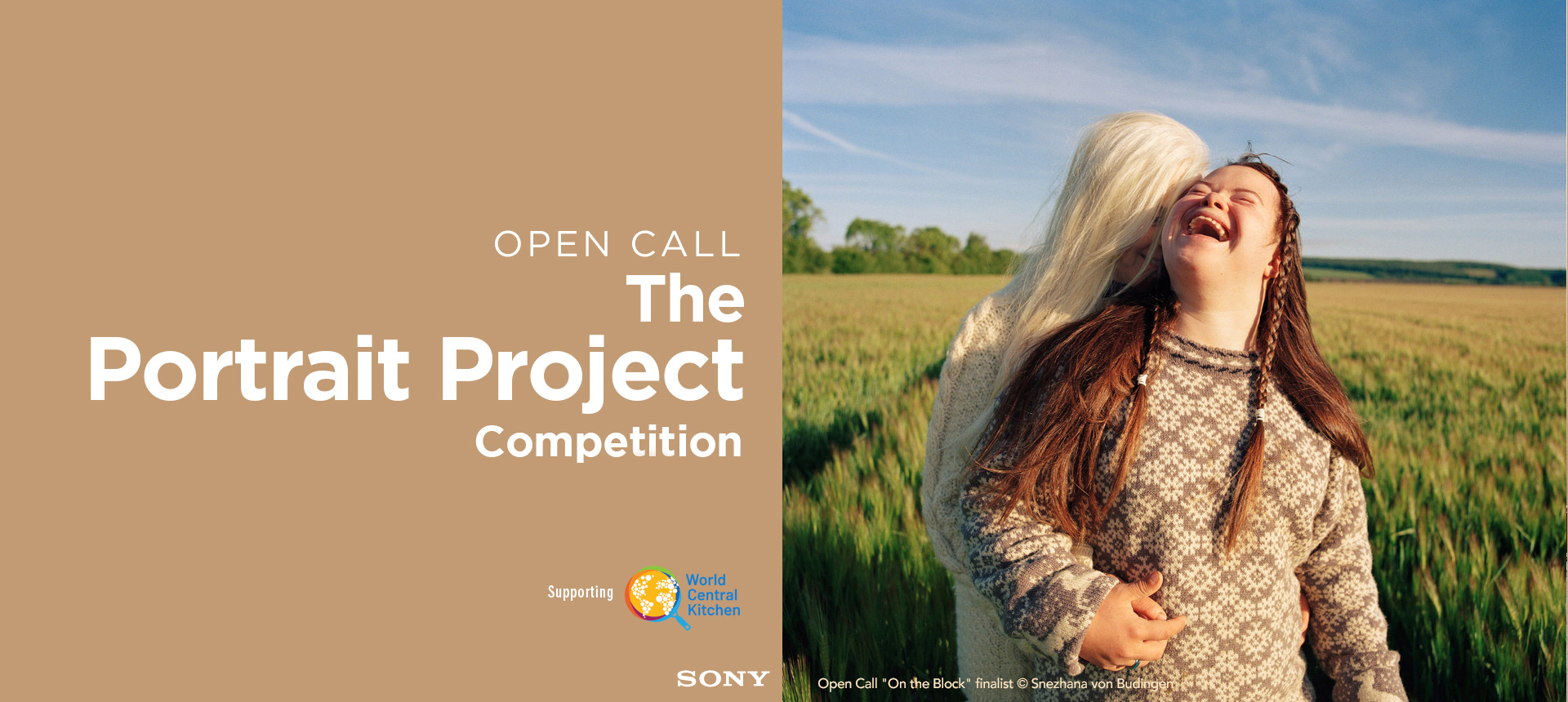Selene Magnolia – With the awakening of nationalist sentiments, in Europe the urgency to preserve national identity burns along borders but also inside, forcing minorities into ghettos. Like wounds, these need to be healed, prevented from infecting what is around them, closed. ?Roma people are in 2019 more than 11 million, and Stolipinovo, in Plovdiv, Bulgaria, is today the biggest Roma ghetto in Europe. In contrast with a strong community-based culture, its alleged 75000 people live in squalid decay and daily social emergency. Stolipinovo is a portrait of systematic discrimination in Europe in our century.
José Alvarado Jr. – New York City, New York — October 31, 2020: As the morning sun makes it way over Manhattan, Gustavo Ajche attempts to keep warm by moving about on Lafayette Street and Broom Street near Lt. Petrosino Square as he waits for deliveries. Since early March, the complexities of COVID-19 has shed light on the various obstacles in the gig economy, from wage theft to bare-bones wages, leading many to voice their frustrations to the growing mistreatment of this invisible army. Originally photographed for The New York Times
Lucy Bohnsack – *pre-existing condition
*An excuse our society has been using to justify the death of over 250,000 people. My 4 year old son has asthma, a pre-existing condition, and the world would not be worth living in without him. We need to stop believing that it is a personal choice to follow safety guidelines. Especially when there are 250,000+ grieving families who had no say.
Julien James – This portrait is a visual letter to my son, Maison. On the surface level, it explores the innocence of boyhood, summertime, and friendship. But the more time you spend with my son and my nephew Hans (in the back), their gaze reveals deeper truths about the greatness they possess, the power of them, and the dark realities that await them as they grow into Black men in America.
Gabrielle Motola – David a recent immigrant to Iceland from the Bahamas by way of Flordia relaxes in GeoSea, Husavik’s geothermal pool. The image was made with an infrared full spectrum converted camera with an IRchrome filter. Like many foreigners the questions he will likely be asked will be ‘where are you from’ and ‘why are you in Iceland’? A monoculture, there are relatively very few people of colour in Iceland. “Natives” have a strong idea of who is Icelandic and who is not. Even someone who was born to Icelandic parents outside of Iceland who returns is commonly considered an outsider – útlandingur.
Jessica Page – This image exemplifies a black man able to choose his own path, free of obstruction.
Clara Pereira – After 5 months of confinement in the city, a road trip and a few days in the countryside was a much needed break.
When I looked through the window I saw this peaceful moment, she was there, present. This year, simple moments like this, gained a new significance, a different brightness. And I’m grateful to have had this one.
Melinda Reyes – July 17th 2020 – Boston, Massachusetts
As the world began to open up to many of us, it did not for the majority of our elders. As they were one of the hardest hit populations, strict regulations continued within the Nursing Homes to protect the patients. Entering into the 9th month of lockdown, patients, like John, began to feel “more forgotten than ever” and struggled with the ongoing isolation.
Erinn Springer – My family gets together once a year during Wisconsin’s deer hunting season in late November. This year has been a bit different, but we still managed to be together in our childhood home. This photo is of my niece getting a haircut during Thanksgiving.
Chin-Fa Tzeng – Ba Jia Jiang is one of the most representative folk cultures in Taiwan. All face paintings of eight generals are based on their grimacing expressions. Because their responsibility is to defend the family and protect the country, people dress up to play as gods with exaggerated makeup and show supernatural abilities.
Therefore, the cannon becomes the representative of god’s superpowers when they are sitting in bombs.
It is the finale when the Ba Jia Jian performs this epic activity.



































































